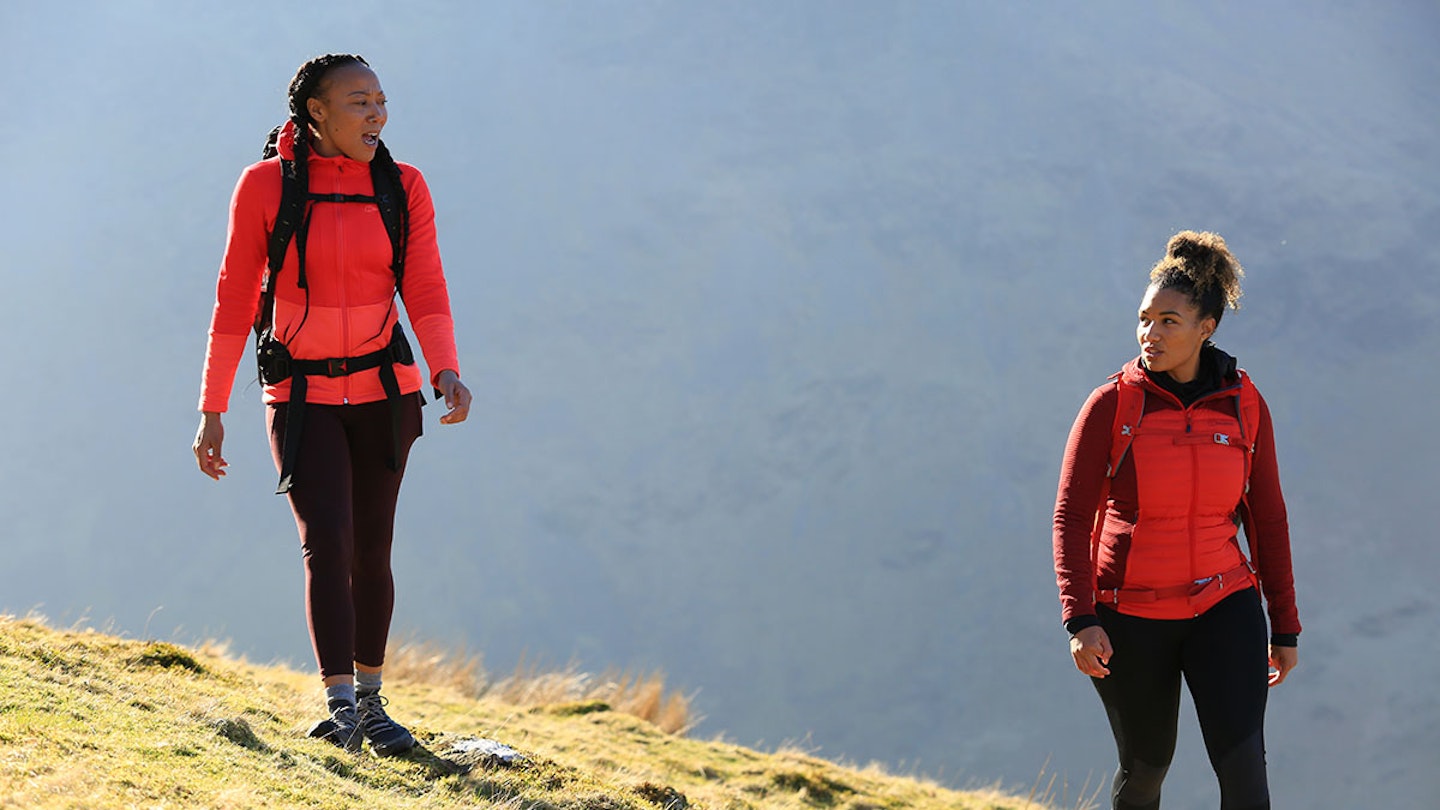Mid layers serve a wealth of purposes. While functioning as an extra layer of insulation between your base layers and waterproof shell is perhaps their most common purpose, they often end up being the outer weather-facing layer, particularly during warmer conditions.
This need to perform multiple functions means there's more to mid layers than might first appear. Some attempt to do everything, while others focus more directly on a particular purpose - which YOU need can come down to several factors.
This guide will take you through the various types of mid layers and their particular advantages, as well as giving you more information on what to look for when making your next mid layer purchase.
Related: See our list of the best hiking jackets on the market
Softshells
The softshell is still a relatively new addition to the outdoor clothing market, and an excellent multi-purpose jacket.
They are usually made from a polyester or nylon fabric, which is more windproof and protective than a fleece and more breathable than a waterproof, but not as weather-resistant as a hard shell outer layer, so don’t rely on it as full-on protection from the elements.
No two soft shells are ever the same – some come with fleece linings or built-in membranes, others with helmet-compatible hoods, hem adjustment and wrist closures. Decide on the features you want before picking yours.
Insulated jackets
In colder mountain weather, packing an insulated jacket is essential for lunchstops and emergencies. Often they’re too warm to walk uphill in but you will need one for overnight camps. You have the option of down or synthetic, or a combination of the two.
Down jackets are lightweight, packable and very warm; but they lose their insulating qualities when wet.
Synthetic jackets are usually cheaper and still perform well in wet weather, but tend to lose heat quicker and are often heavier.
If you want extreme warmth then a hood is a good addition, but if you want something light and packable then maybe lose it.
Fleeces
Fleeces are probably the item of clothing most synonymous with British hillwalking, and despite the many different styles available they all do the job of keeping you warm and comfortable in cool weather.
They’re usually made from a soft, warm, wicking, breathable fabric that retains heat around your core. There are all sorts of options, ranging from gilets, long and short sleeves to hoods, zips, thumb loops and different weights.
Layering

Creating a layering system that works for you is essential to staying warm and dry on mountain trips. The age-old advice is to ‘start cold’, meaning you shouldn’t stick all your layers on when you set off, or you’ll get too hot (sweaty) too quickly and then get cold when you stop.
Instead start off with the least amount of layers possible and add extra layer as conditions change. Most people carry or wear a base layer, a waterproof outer layer and one or two mid layers.
{#h-lfto-s-top-mid-layers}
